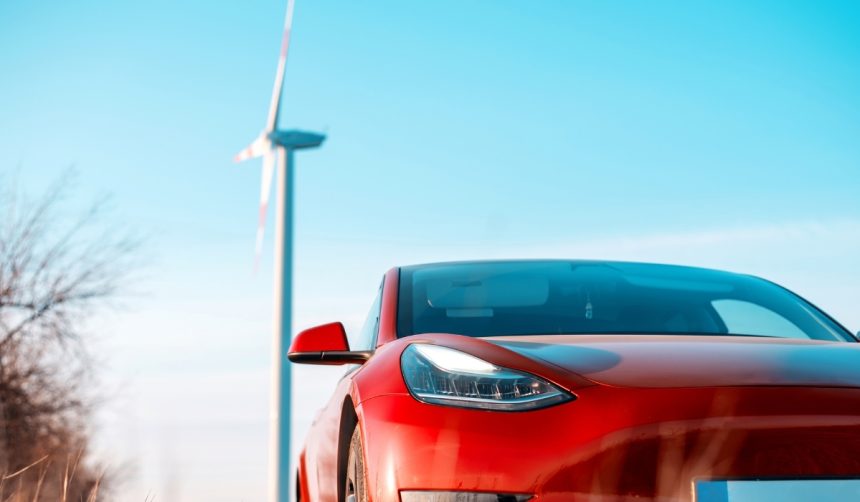Tesla’s newly released Model 3 and Model Y ‘Standard’ versions mark a notable step in its approach toward affordable electric vehicles, expanding access for more consumers seeking alternatives to traditional gasoline cars. Buyers now have two lower-priced options, designed in part to address market shifts following changes to federal EV tax incentives. Conversations among industry observers have centered around Tesla’s efforts to balance price, efficiency, and desirable features, even as the company pares back on certain luxuries in these models. The roll-out aims to attract cost-conscious buyers and solidify Tesla’s position in a hotly contested EV segment.
Earlier reports speculated that Tesla might focus solely on an affordable Model Y, but both the Model 3 and Model Y received the ‘Standard’ treatment. Previous models offered more comfort features and slightly higher price points, often qualifying for tax credits that swayed consumer decisions. Recent market dynamics and increased competition from other automakers have influenced these changes, with automakers like Ford and Hyundai also introducing competitively priced electric vehicles. Tesla’s entry into the more affordable market addresses criticism about its pricing and feature sets, positioning the company to retain and attract price-sensitive customers as incentive structures shift.
How Do the New Models Differ from Previous Tesla Offerings?
The new Model Y Standard starts at $39,990, presenting a different configuration from pricier versions. Tesla has changed the feature set, including a new exterior, manual adjustments for mirrors and seats, and a simplified interior that utilizes textile and vegan leather materials. Some acoustic upgrades, such as laminated windows and an expanded stereo system, are absent in this trim. A 69 kWh battery powers both new versions, supporting a reported 321-mile range, while the new 19” Aperture wheels aim to improve aerodynamic efficiency.
What Is Included in the Model 3 Standard Release?
Model 3 Standard, introduced alongside the Model Y, is priced at $36,990 and mirrors many of the model Y Standard’s decisions. It shares the same wheel design and battery, emphasizes straightforward interior selections, and reduces conveniences like rear infotainment screens and automatic seat adjustments. Customers can pick from three exterior colors: Stealth Grey, White, and Diamond Black, with additional charges for some finishes. Tesla schedules deliveries of both vehicles for November and December.
How Has Tesla Framed Its Affordable Range Strategy?
Tesla has communicated that efficiency and cost were central in redesigning these trims. The company said,
“With the Standard variants, we aimed to deliver essential Tesla quality with a more accessible price point.”
In describing the customer experience, Tesla added,
“Our goal remains making sustainable transport attainable for as many people as possible.”
The company emphasizes maintaining core driving performance while omitting some higher-end features. Neither model includes Autopilot in the base package, although customers can opt for upgrades. These selections reflect Tesla’s response to consumer feedback and regulatory shifts in the EV market.
Access to more affordable models has been a recurring demand from potential Tesla customers, especially after government incentives began to phase out or apply selectively. While the Standard trims lack some amenities found in Long Range or Performance versions, they introduce greater choice for buyers evaluating total cost of ownership versus everyday comfort or technology add-ons. Industry analysis suggests this approach could trigger further price competition among EV manufacturers, potentially influencing specifications of entry-level electric cars across the market. As Tesla adapts to evolving marketplace demands, consumer expectation for affordability and value will likely shape the next phase of electric mobility offerings.










